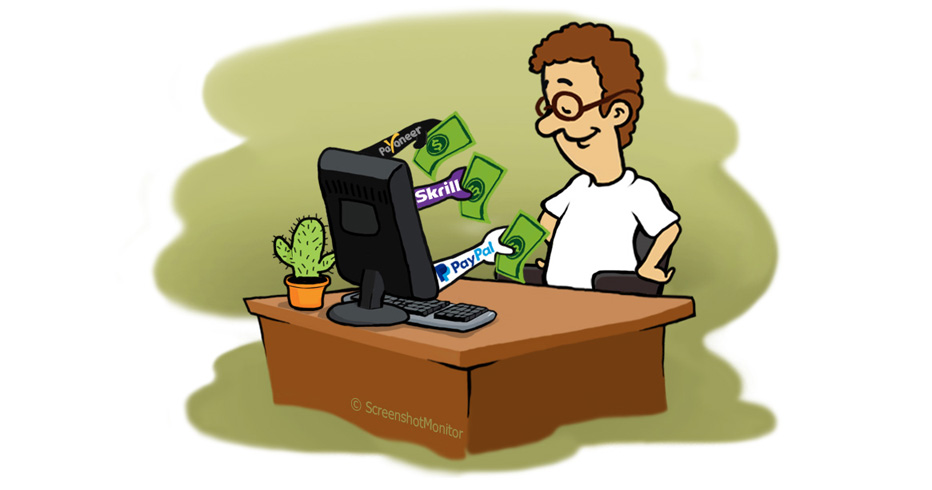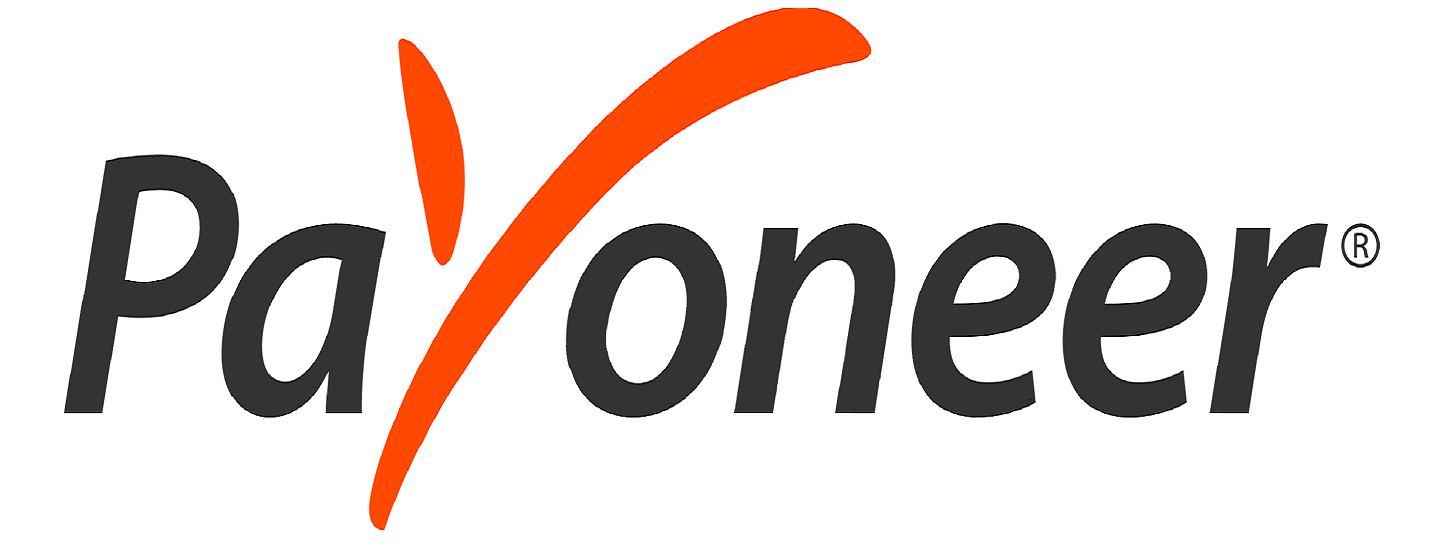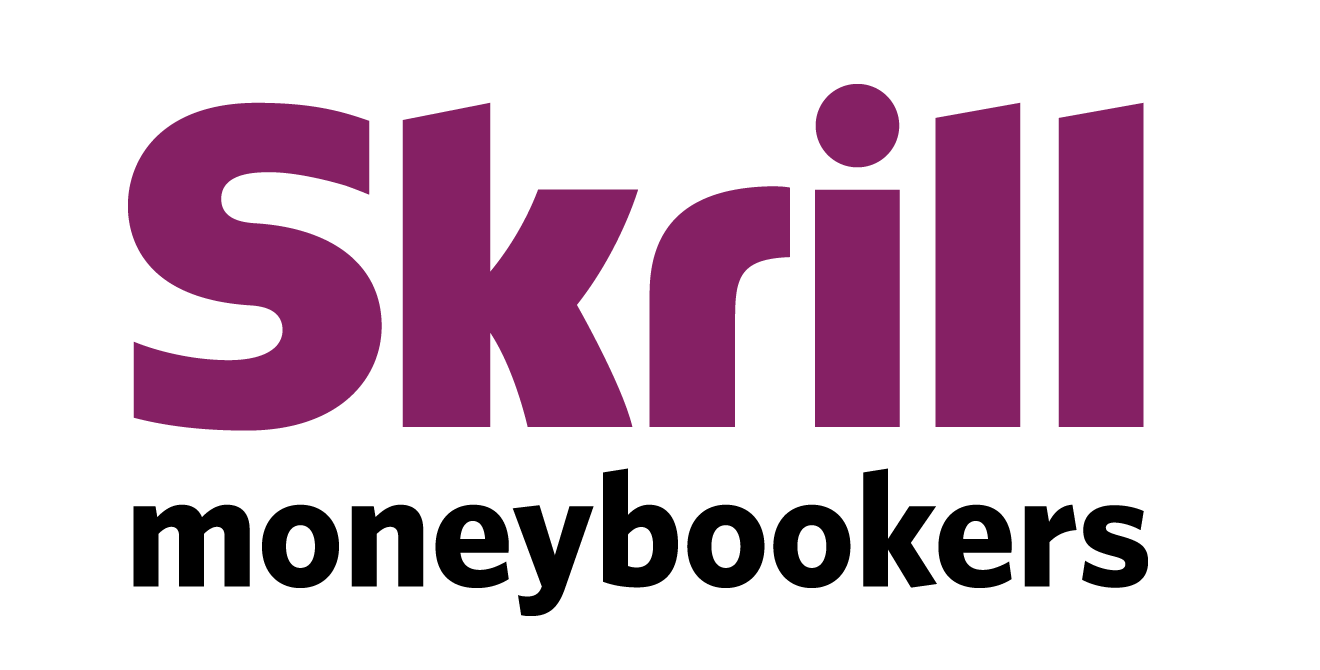Top Payment Options for Freelancers
The universal goal of businesses and freelancers is getting paid for their efforts. In case of online work space, the payer and the payee may reside long away from each other. The financial transactions between a freelancer and a buyer needs a channel to take place. There are many ways to make it happen. Today I’ll discuss on some of the top payment options for freelancers as well as their clients.

Before beginning, let’s see a quick comparison table among PayPal, Payoneer and Skrill from a freelancer’s perspective.
| Points | PayPal | Payoneer | Skrill |
| Usability | Widespread | Widespread | Less than PayPal and Payoneer |
| Account Maintenance Charge | Free | Applicable | Applicable for inactive users |
| Verification Methods | Bank, card, SSN | Valid photo ID | Bank account, card, photo ID, address |
| Payment Received Via | Email address and invoice | Email address, and virtual bank accounts | Email address and invoice |
| Plastic Cards | Yes, but limited | Yes | Yes, but limited |
| Freelance Marketplace Integration | Upwork, Elance, Freelancer.com etc. | Upwork, Elance, Freelancer.com etc. | Upwork, Elance, Freelancer.com etc. |
Now let’s enter into our detailed discussion.
1. PayPal

If you browse the internet regularly, you should have known about it. Perhaps, PayPal is the most popular online payment method around the world. Registering a PayPal account is free. The signup process is simple. There are mainly three types of accounts- personal, premier and business. After creating your PayPal account, you need verify it by linking your bank account, credit/debit card and/or confirming your social security number (SSN). At least two out of these three verification processes are required to get a ‘fully functional’ PayPal account which is capable of making larger transactions.
An unverified PayPal account can receive payments, but the fund may not be readily accessible. You may face a hold on your balance. Verifying the account will make it safe and active.
PayPal charges nominal fees in each transaction that vary with situations. Please check this official link to see these charges. If you use the service with your freelance marketplace accounts like Upwork and Freelancer.com, you may need to pay a fixed charge for each withdrawal. Once you get the money on PayPal, you can withdraw the fund to your bank linked to the PayPal account.
PayPal to PayPal transactions take very less time (usually minutes) to transfer the fund. PayPal to bank transfers may take 1 to 5 business days to release the sum. PayPal also offers its co-branded MasterCard debit and credit cards. Making transactions with PayPal is easy and fast.
To receive payments from a freelancing site, add your PayPal account to the marketplace profile. If you work outside the traditional marketplaces, probably you would like to use time tracking software like Screenshot Monitor (SSM) and keep the work log with this. (Moreover Screenshot Monitor minimizes your cost because the freelancing sites take a portion from your income but SSM doesn’t). In that case, your client can send the payment directly to your PayPal account. Provide your client with the email address associated to your PayPal profile in order to get paid straight.
PayPal provides phone, email and online forum supports. Currently there is no live chat facility. The US company says that they try to respond within 24 hours. Visit their Contact Us page to explore these options.
However, PayPal is not available in all countries. For an example, if you are a freelancer from Bangladesh, you cannot register a PayPal account using your local credentials. But don’t worry, there are some other services for you to receive payments online.
2. Payoneer

If you don’t have PayPal, a Payoneer account can be a blessing. Payoneer is a US company offering global online money transfer and debit card services. Registering for a Payoneer account will get you a virtual US bank account (US payment service) and a prepaid MasterCard debit card. Recently, Payoneer has added European payment service as well. The US and EU payment services allow you to receive money from clients as if you had US and EU bank accounts. And you can use the prepaid MasterCard debit card to shop online, pay bills at POS locations and withdraw money from your Payoneer account using ATM booths which support MasterCard network.
There are two ways to start with Payoneer. Firstly, you can register an account from your freelancing marketplace profile (Elance, Freelancer.com, Upwork etc.) with their affiliation. And secondly, you can register independently by visiting the Payoneer homepage. If you use a referral link, both you and the referrer will get $25 in bonus once you get $100 in payments.
Payoneer requires you to upload your valid photo ID document(s) for account approval. The plastic debit card is sent to your address via postal service. After receiving the card, you need to activate it and start using.
There are fees associated with your Payoneer account. The marketplace affiliated Payoneer accounts usually involve monthly charges while independent accounts come with a yearly account maintenance fee (currently $29.95). Transaction fees are also applicable. To know your Payoneer account related costs, visit the ‘Pricing and Fees’ section under the ‘Help’ tab found on your account homepage.
3. Skrill

Skrill is a UK based company which serves globally. Basically, it works like PayPal. But Skrill doesn’t have the wide acceptance like PayPal. You can open a Skrill account for free. The service will then require you to provide your identity related information like scanned copy of national ID card/driving license/passport photo page, proof of your address, bank statement etc. These stuffs are necessary to verify your Skrill account and increase the transaction limit.
Though the service doesn’t have a huge coverage like PayPal, still Skrill is good at what it does. Skrill is a name of hope in some countries where PayPal is not supported. Previously known as Moneybookers, the payment method can be used to withdraw money from freelancing marketplaces like Upwork, Freelancer.com and Elance. I have some good memories with Moneybookers. I used it in past and found its service fast and reasonably charged.
Skrill also offers its co-branded prepaid MasterCard debit card which can be used in online transactions, POS locations and ATMs. Like any other online financial service, Skrill also charges fees for its facilities. Please see this official page to check the costs associated with your Skrill activities.
Summary
All three services mentioned here are great ways to receive payments online supposed to availability. PayPal offers a fast and clean user experience, but you need to link a bank account to withdraw money. PayPal provides debit and credit cards although in limited extents. On the other hand, when you get your Payoneer account approved, you get a virtual US bank account, a virtual EU bank account and a MasterCard debit card. You can use these services to receive and withdraw money. Payoneer to Payoneer money transfer is also possible by using the email address associated with a Payoneer account. Skrill provides nearly the similar facilities to PayPal, but the UK based global service has less merchant support. However, Skrill users also enjoy competitive charges, quick money transfers and card benefits (limited) as well.
If I were to choose a winner from the above three payment options, I would choose PayPal because of its wide acceptance. Payoneer and Skrill respectively come after that. There are also other withdrawal methods like bank deposits, Western Union, MoneyGram etc., but PayPal, Payoneer and Skrill can serve your multiple purposes. Besides receiving payments, you can also use these services to shop online.
Which payment method do you prefer and which one do you use frequently? Please share your experiences with us via comments.